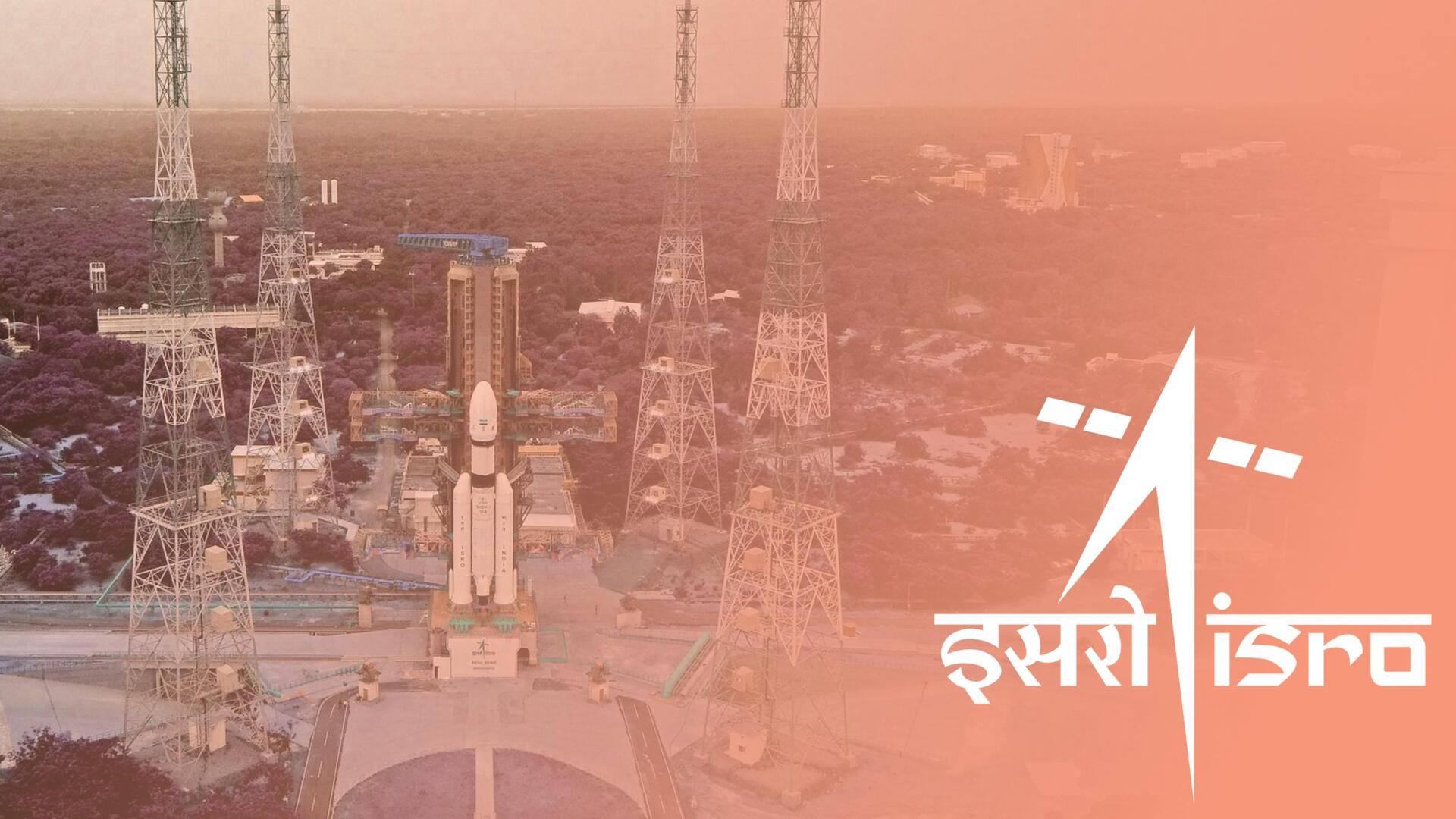
How ISRO's Chandrayaan-3 will land on the Moon
What's the story
The launch countdown for Chandrayaan-3, India's third lunar mission, has begun. It is scheduled to take off aboard an LVM3 (Launch Vehicle Mark 3) rocket from Sriharikota tomorrow (July 14). The mission aims to "soft land" on the Moon, something which its predecessor, Chandrayaan-2, could not achieve. Here we take a look at how the spacecraft will travel to the Moon.
Context
Why does this story matter?
We will finally get to see one of ISRO's most ambitious projects, Chandrayaan-3, take to the Moon tomorrow. If successful, Chandrayaan-3 will make history for India. It will mark the country's foray into landing and roving on the Moon. To date, this feat has only been achieved by three other nations, which include the US, Russia, and China.
Launch
Chandrayaan-3 is scheduled to launch at 2:35pm tomorrow
Tomorrow, at 2:35pm, Chandrayaan-3 will take off aboard an LVM3 rocket from the Second Launch Pad (SLP), at Satish Dhawan Space Centre (SDSC) SHAR, located at Sriharikota. LVM3 is currently India's largest and heaviest launch vehicle. Tomorrow's launch will be the fourth operational flight for the LMV3 rocket. Chandrayaan-3 is expected to reach the Moon around August 24 and will last 14 days.
Configuration
The mission comprises propulsion and lander modules
Chandrayaan-3 is equipped with a Propulsion Module (PM) and a lander module. The latter includes a 26kg rover. ISRO has made several crucial improvements to Chandrayaan-3 over its predecessor. The lander has stronger legs and two "lander hazard detection and avoidance" cameras, among other upgrades. The mission won't have an orbiter. The PM acts as the communications relay satellite.
Process
There are 3 main phases in the Chandrayaan-3 mission
ISRO classifies the flow of operations of Chandrayaan-3, starting from launch to landing on the Moon into three stages. The mission sequence is as follows: Earth-centric phase, lunar transfer phase, and Moon-centric phase. Under the first stage, comes pre-launch, launch and ascent, and Earth-bound maneuver operations; followed by the transfer trajectory in the second stage. The third stage has the longest set of operations.
Phases
The final stage comprises 8 steps
The mission's final stage—the Moon-centric phase—has eight steps. It comprises the Lunar orbit insertion phase (LOI), the Moon-bound maneuver phase, the PM and Lunar Module separation, de-boost phase, pre-landing phase, landing phase, normal phase for lander and rover, and Moon-centric normal orbit phase for the PM. LOI involves processes to slow down the spacecraft so it can be carried by the Moon's gravity.
Procedure
The PM will take the lander to lunar orbit
To sum it up, the LVM3 rocket will position Chandrayaan-3 into an elliptical orbit. From here, the PM will take the lander-and-rover components into a circular orbit around 100km from the Moon's surface. Once it reaches the lunar orbit, ISRO will commence the descent procedures wherein the lander-and-rover combination will disengage from the PM and head toward touchdown on the Moon.
Components
Chandrayaan-3 could be first to land near Moon's south pole
Chandrayaan-3 will attempt to "soft land" near the Moon's south pole. If successful, it will be the first mission to have done so. After landing, the mission's rover will be deployed to perform investigations on the Moon. The lander and rover are carrying several scientific instruments for this purpose. The PM also has a payload that will operate once the lander configuration has separated.